Ficus Ginseng Tree Info – Information On Ficus Ginseng Care Indoors
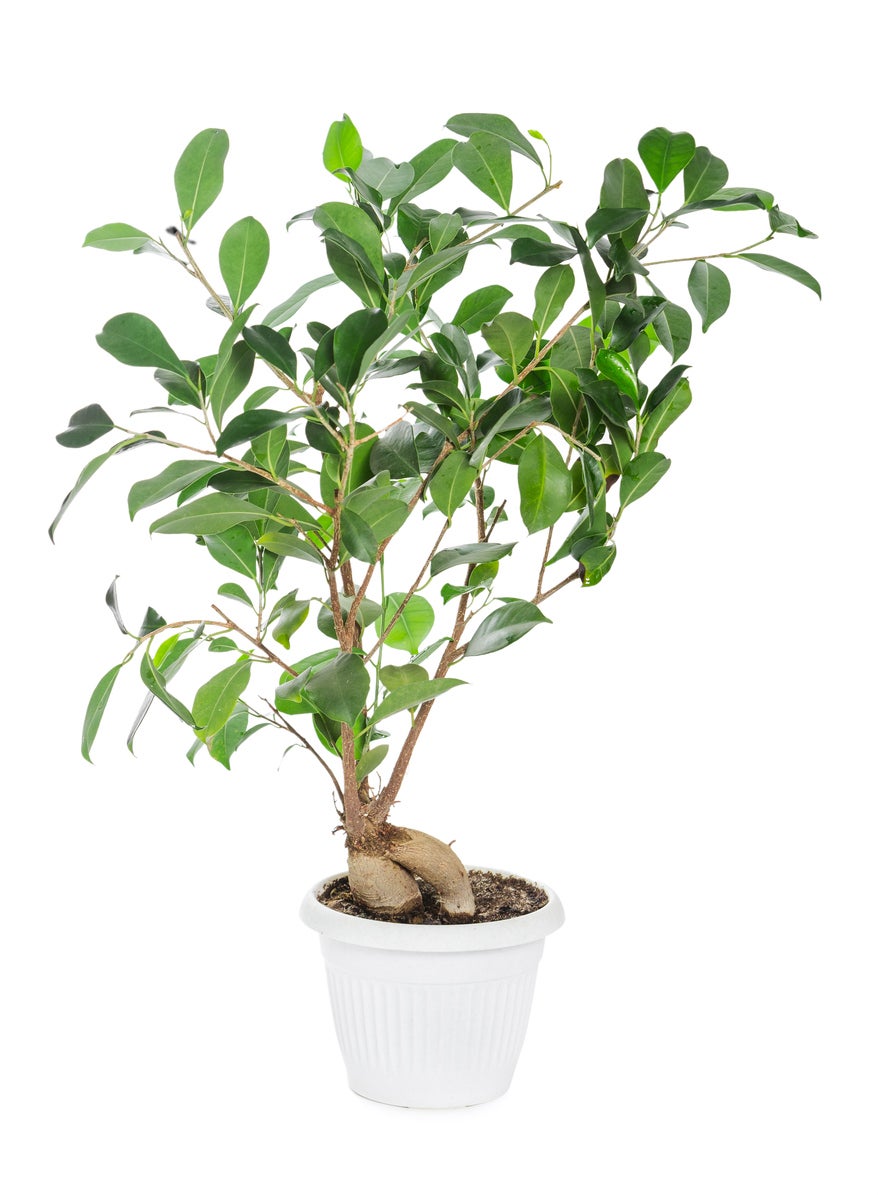

What is a ficus ginseng tree? It is native to south and eastern Asian countries. It is in the Ficus genus but has a chubby trunk, which is similar to ginseng roots – hence this common name. Keep reading for more ficus ginseng tree info.
What is a Ficus Ginseng Tree?
A quick scan of ficus ginseng tree info reveals that its botanical name is Ficus microcarpa. The tree is the result of a graft where the rootstock is developed into the characteristic “potbelly” trunk, and a scion of a variety of small-leaved ficus is grafted to the top.
The tree is also known as a potbelly fig as well as Taiwan ficus, Indian laurel fig, or banyan fig. Ficus trees grow very quickly and make excellent indoor plants. They have white, milky sap and they can be poisonous to cats or dogs who like to graze. The trunks of these trees are interesting with smooth, gray bark marked with tiger stripes and sometimes vertical aerial roots.
Ficus Ginseng Care
This is a tropical tree, so it needs to be indoors where temperatures are 60 to 75 Fahrenheit (15-25 C.), or outside of its 9-11 growing zones. In fact, ficus ginseng is often recommended for beginning bonsai growers. This is because it is such an easy tree to grow.
The tree needs plenty of bright light but it should be indirect. Avoid the southern exposure where the sun may burn leaves. Outdoors, the tree requires sun to shady conditions.
Select the perfect spot for this tree and then try not to move it. Ficus are notoriously cranky when moved. It does, however, appreciate repotting every 2 to 3 years. Avoid placing the tree in any area where there are drafts or near heat, as one will freeze the tree and the other will dry out the soil.
Wipe the leaves when they get dusty and water only when the surface of the soil is dry to the touch. This plant prefers high humidity, if possible, which will encourage it to produce more aerial roots. Either mist the leaves frequently or place the pot on top of pebbles in a saucer of water.
Gardening tips, videos, info and more delivered right to your inbox!
Sign up for the Gardening Know How newsletter today and receive a free copy of our e-book "How to Grow Delicious Tomatoes".
Since the tree grows fairly quickly, an occasional ficus tree pruning now and then will help maintain an adequate indoor size, especially when grown as a bonsai plant. As with any pruning, use clean, sharp tools.

Bonnie Grant is a professional landscaper with a Certification in Urban Gardening. She has been gardening and writing for 15 years. A former professional chef, she has a passion for edible landscaping.
-
 Looking For Plants To Give You The Soft And Fuzzies? Try These 5 Fuzzy Leaf Plant Options
Looking For Plants To Give You The Soft And Fuzzies? Try These 5 Fuzzy Leaf Plant OptionsLovers of texture, drama, silver foliage and tactile plants will adore these special sensory garden additions. These fuzzy leaf plant options will leave you all aglow
By Susan Albert
-
 Get Ready For A Summer Of Hummers! Grow These Full Sun Hummingbird Plants and Flowers
Get Ready For A Summer Of Hummers! Grow These Full Sun Hummingbird Plants and FlowersIf you’re lucky enough to enjoy a sunny backyard, make sure you are maxing out on your pollinator opportunities and grow these full sun hummingbird plants and flowers
By Tonya Barnett
-
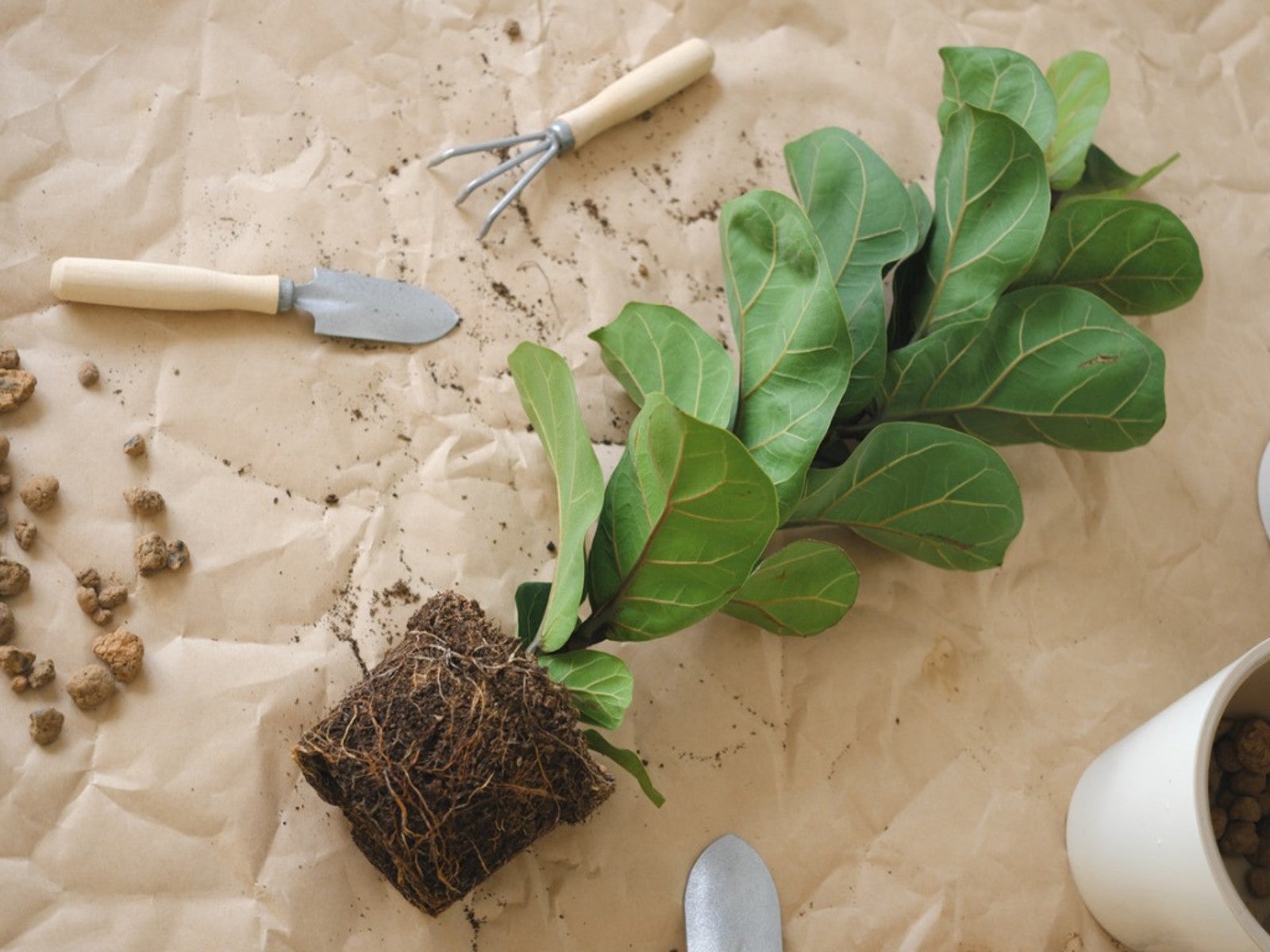 Tips For Repotting Fiddle Leaf Fig Plants
Tips For Repotting Fiddle Leaf Fig PlantsFiddle leaf fig roots don’t mind tight quarters, but when it’s time to repot, learn here how to do it.
By Teo Spengler
-
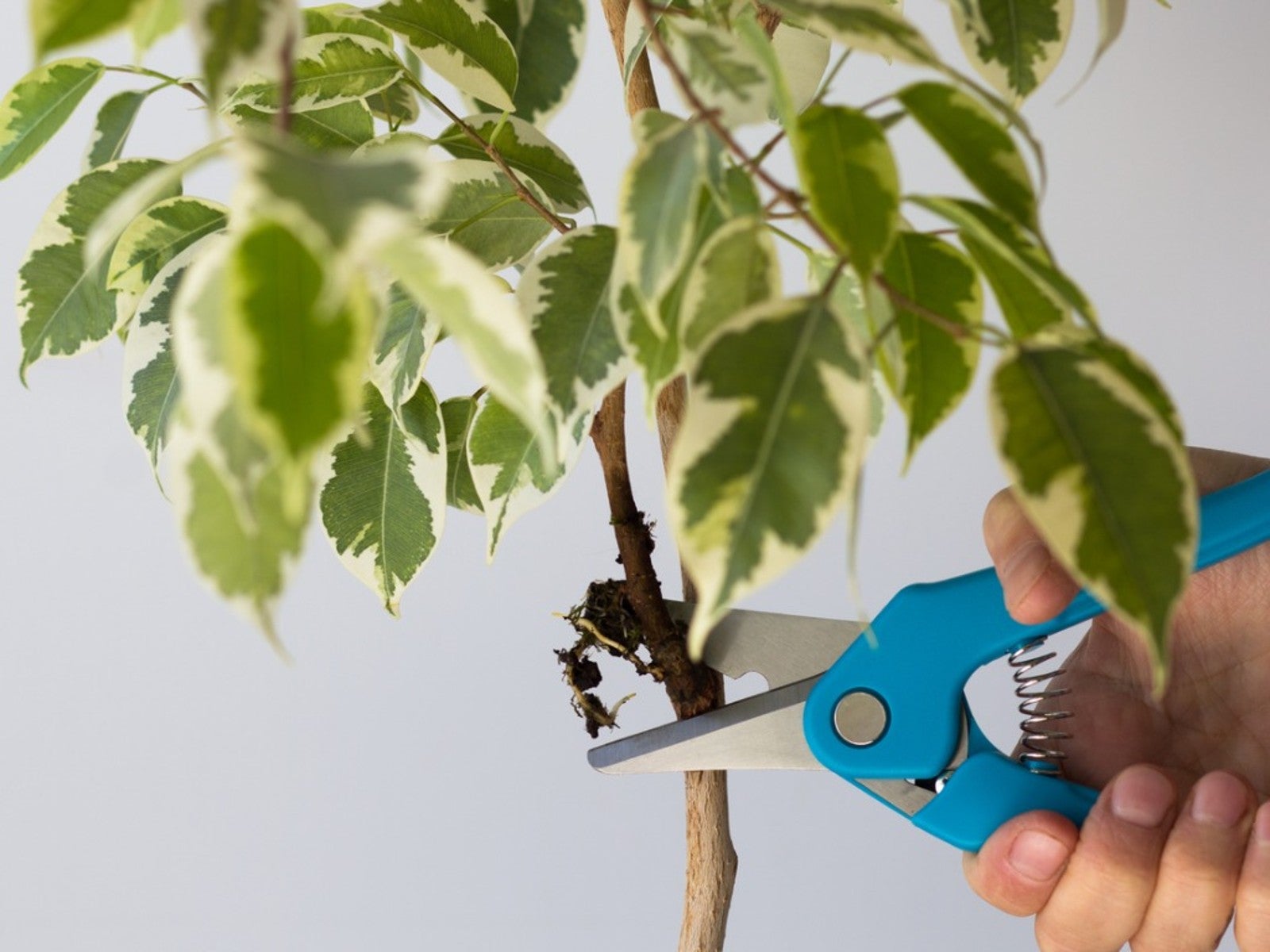 Propagating A Ficus Tree: How To Propagate Weeping Fig
Propagating A Ficus Tree: How To Propagate Weeping FigIf you grow a weeping fig, you may want to share with friends or just keep its growth under control with propagation. Read on for more.
By Mary Ellen Ellis
-
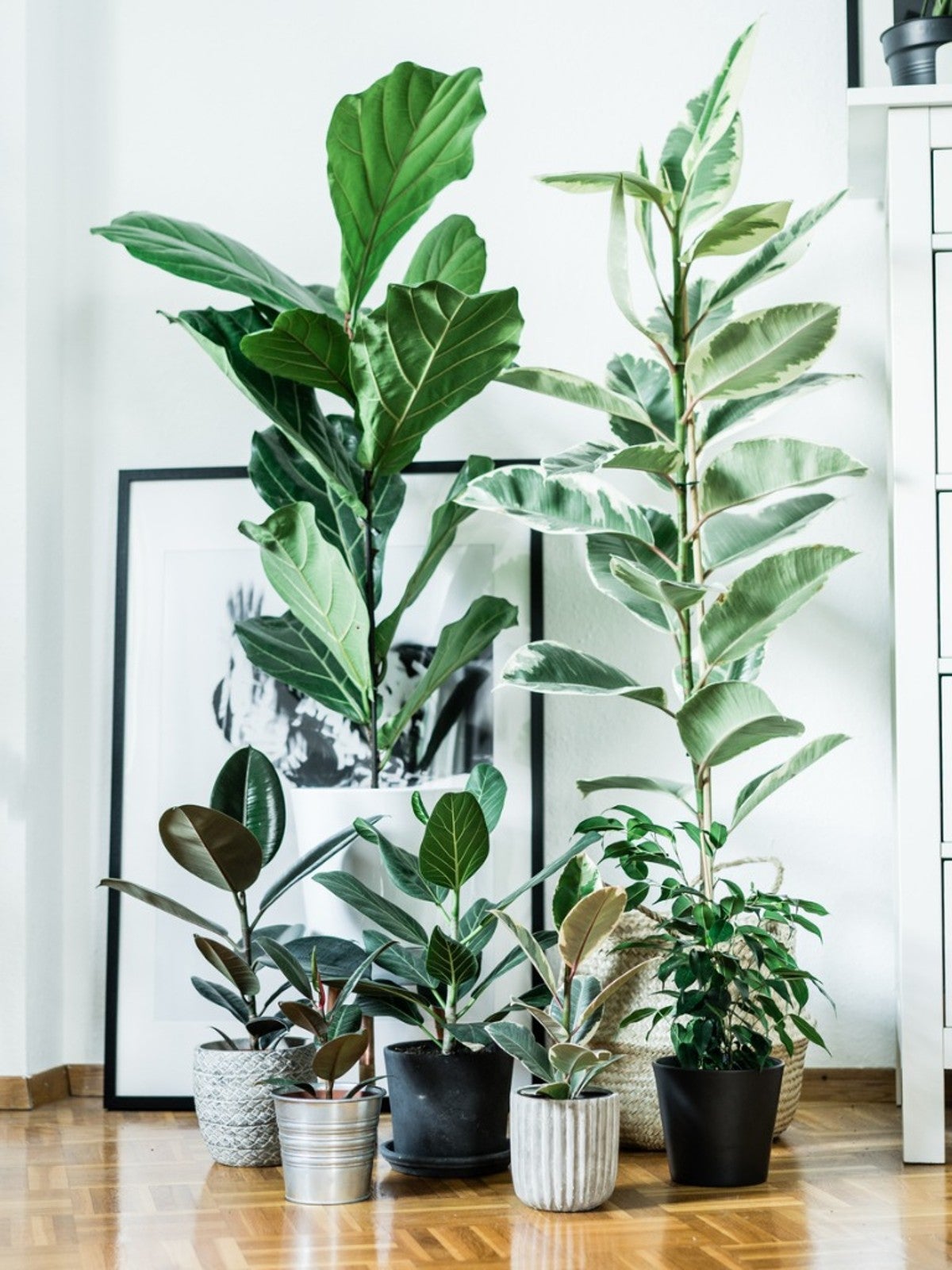 Growing A Long-Lasting Ficus: Caring for A Large Ficus Tree Indoors
Growing A Long-Lasting Ficus: Caring for A Large Ficus Tree IndoorsHave you ever wondered how big a potted ficus tree can grow? If so, click here to find out more!
By Mary Ellen Ellis
-
 Splitting A Ficus Tree: How To Divide A Large Ficus
Splitting A Ficus Tree: How To Divide A Large FicusSplitting a ficus tree isn’t as difficult as it sounds. Click the following to learn how and when to split a big ficus.
By Teo Spengler
-
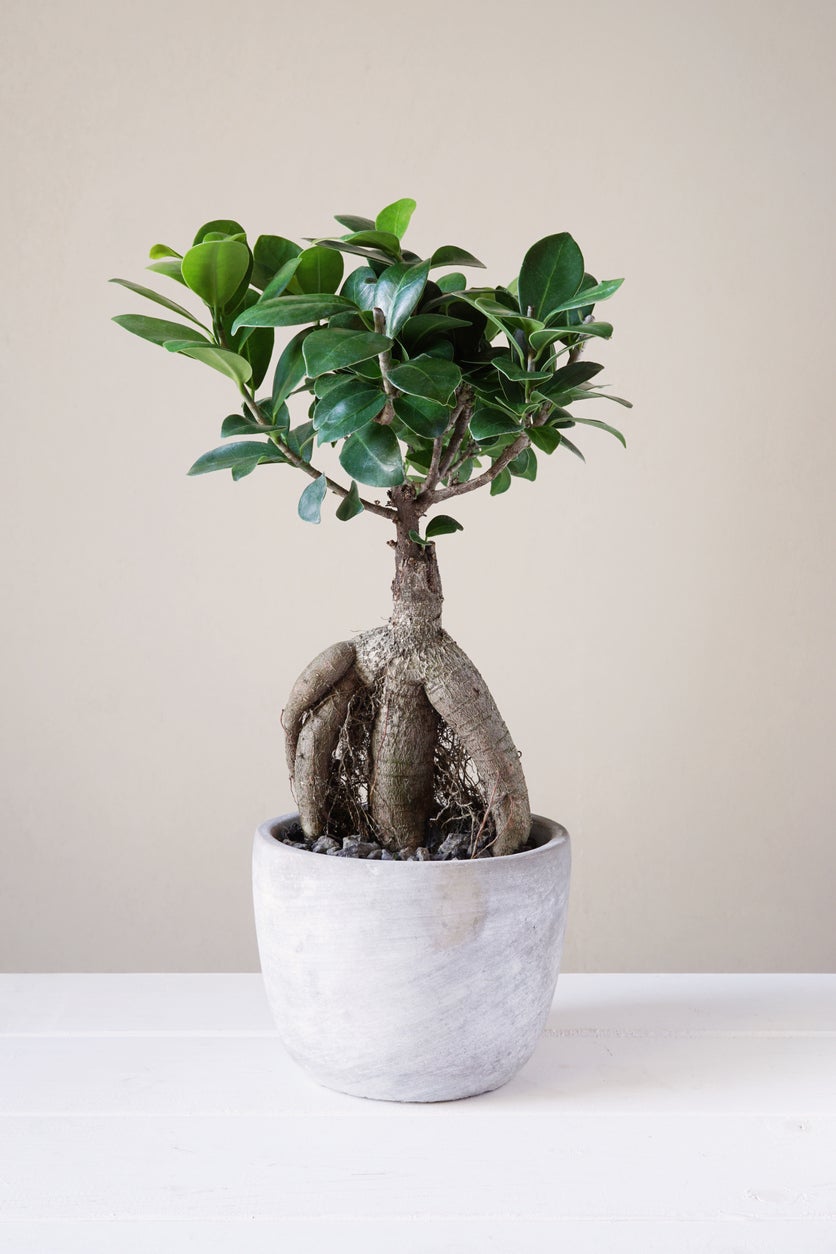 Ginseng Ficus Pruning: How To Grow A Ficus Ginseng Bonsai Tree
Ginseng Ficus Pruning: How To Grow A Ficus Ginseng Bonsai TreeIf growing and caring for a bonsai tree seems too difficult, consider diving into the miniature tree world with a ginseng ficus. Growing ginseng ficus as a bonsai tree is a great idea for a hobby for yourself or as a gift for a fellow gardener. Learn more in this article.
By Mary Ellen Ellis
-
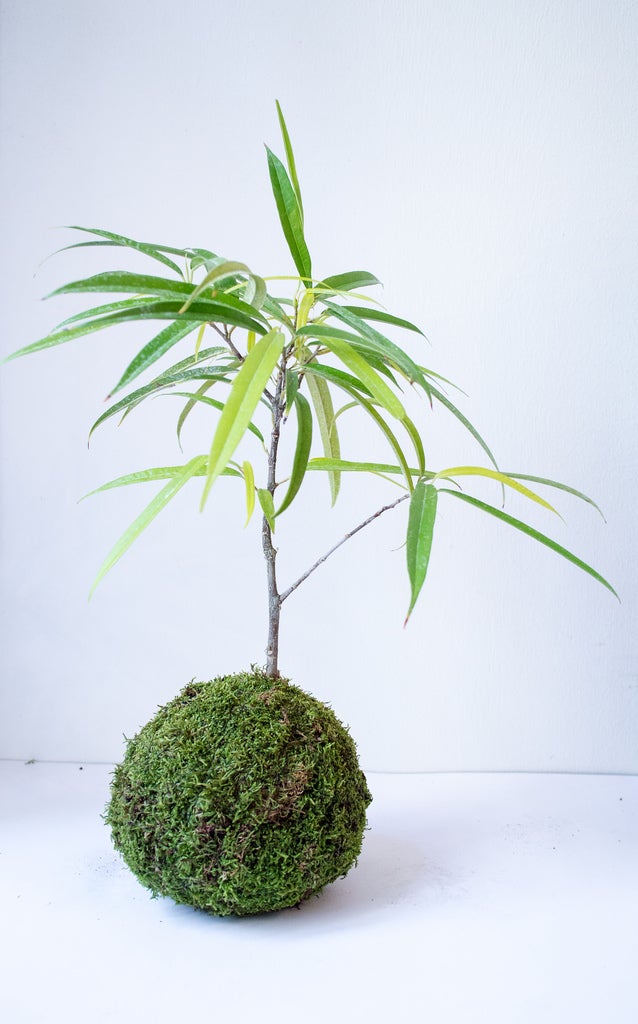 What Is A Longleaf Fig – Learn About Longleaf Fig Care
What Is A Longleaf Fig – Learn About Longleaf Fig CareWhile there are many smaller species of houseplants available, some growers choose larger plants, like ficus. When planted into containers, many tall plants create lush, dense foliage displays. The longleaf fig is just one example. Learn about growing it here.
By Tonya Barnett
-
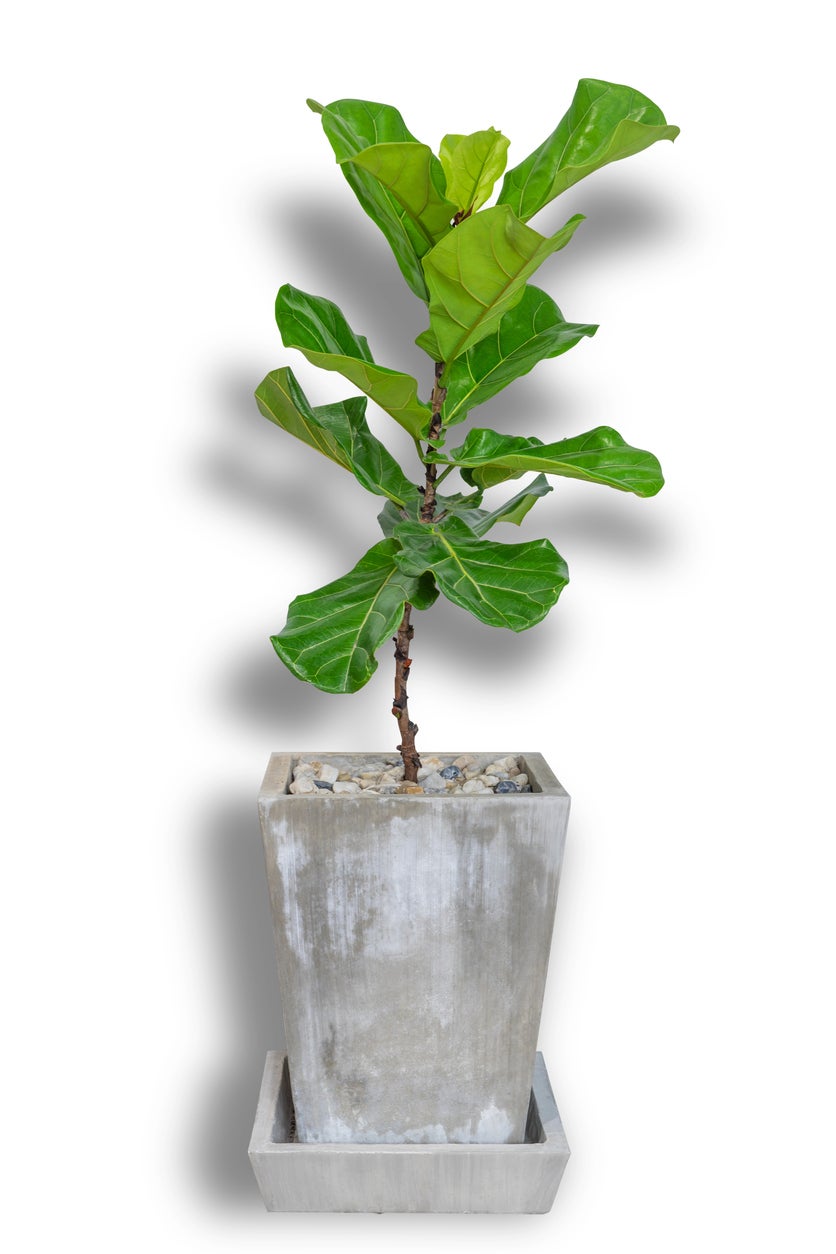 Fiddle Leaf Fig Pruning: When To Trim A Fiddle Leaf Fig Tree
Fiddle Leaf Fig Pruning: When To Trim A Fiddle Leaf Fig TreeWondering how to keep your fiddle leaf fig “fit as a fiddle?” Fiddle leaf fig pruning is one good way to keep the plant in top form by giving it good form. So, let’s get a sharp pair of pruning shears in hand and learn how to prune fiddle leaf fig in this article.
By Shelley Pierce
-
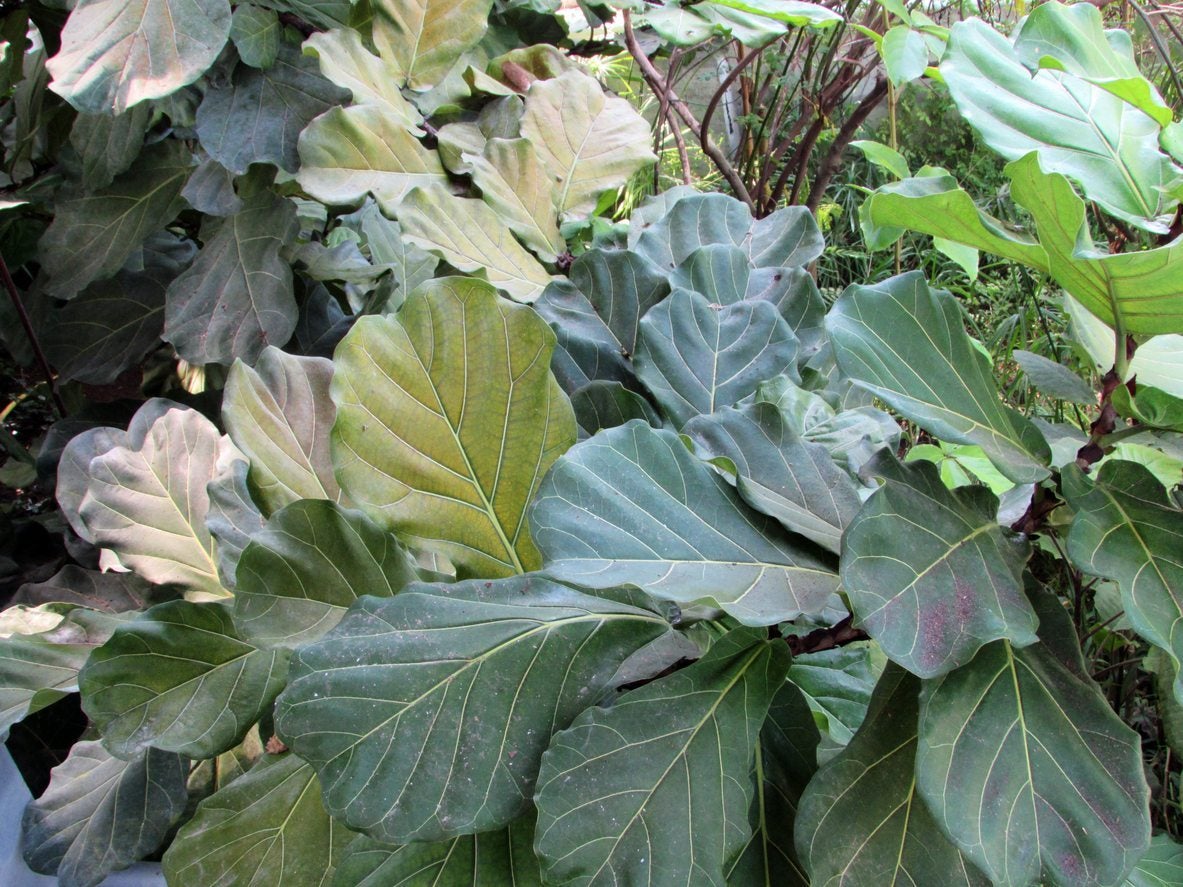 Fiddle-Leaf Fig Care – How To Grow A Fiddle-Leaf Fig Tree
Fiddle-Leaf Fig Care – How To Grow A Fiddle-Leaf Fig TreeYou may have seen people growing fiddle-leaf figs in southern Florida or in containers in well-lit offices or homes. The huge green leaves give the plant a definite tropical air. If you want information on fiddle-leaf fig care, this article can help.
By Teo Spengler